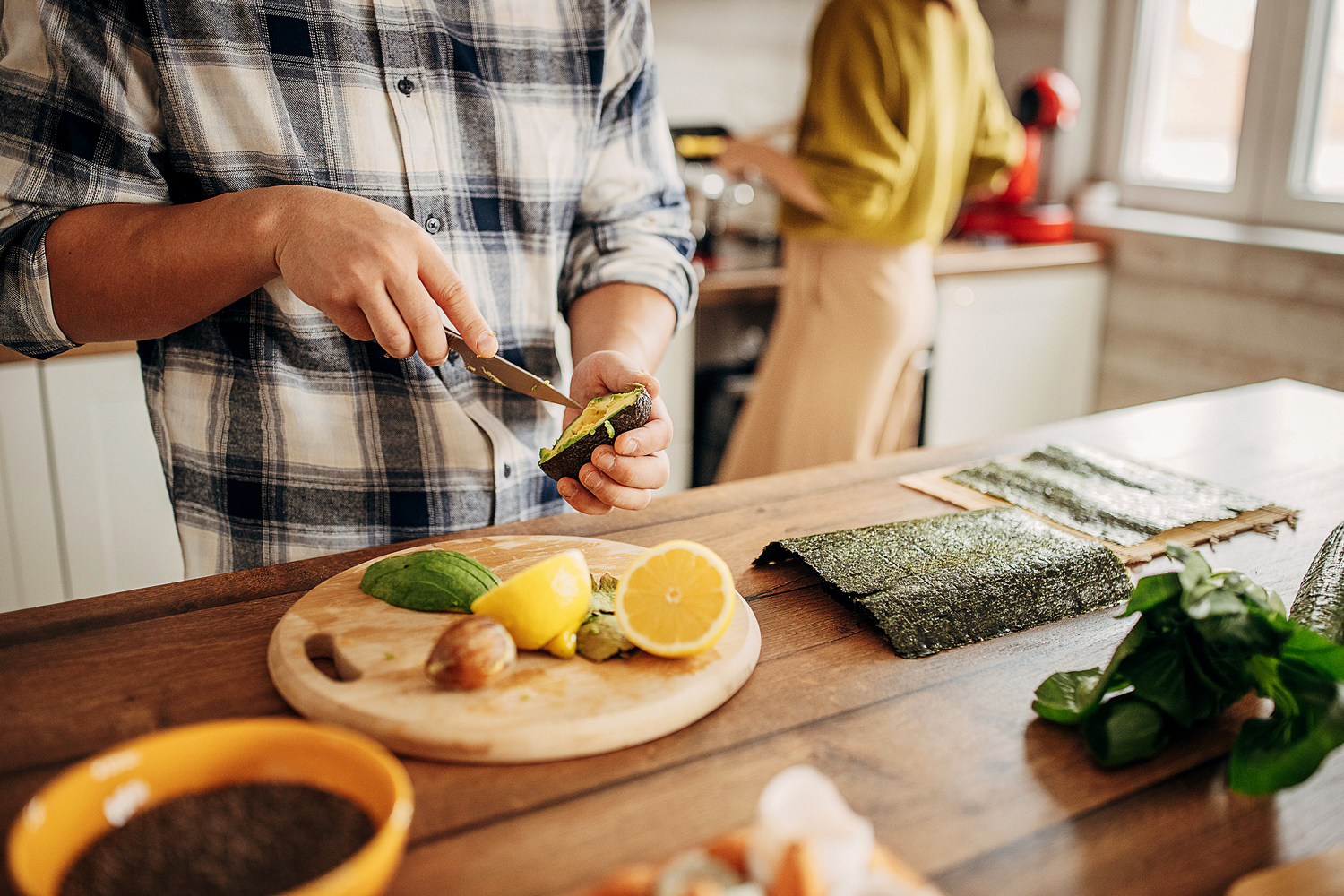How Many Coats of Mineral Oil on New Cutting Board? Essential Tips for Barbecue Enthusiasts
Written By James Morgan
Barbecue enthusiasts know that a well-maintained cutting board is a vital tool in their grilling arsenal. It's not just about food safety; it's also about enhancing the flavor and presentation of your delightful barbecue creations. But when it comes to treating a new cutting board, one question stands out: How many coats of mineral oil should you apply?
In this comprehensive guide, we'll dive deep into the specifics, ensuring your cutting board remains in top-notch condition. A properly oiled cutting board not only prolongs its life but also ensures it stays pristine and sanitary for all your grilling needs.

Understanding the Importance of Mineral Oil
Mineral oil is a food-safe product that penetrates the wood, preventing it from drying out and cracking. It creates a barrier that repels moisture, thus significantly reducing the chances of bacterial growth. The key is knowing how to apply it correctly and how many coats are necessary for optimal protection.
Why Use Mineral Oil?
Mineral oil is non-toxic and does not go rancid, making it a perfect choice for maintaining cutting boards. It is clear and odorless, ensuring that it doesnt interfere with the natural aesthetics or the aroma of your food. Additionally, it seeps deep into the wood fibers, providing a long-lasting protective layer.

Step-by-Step Guide: Applying Mineral Oil
Initial Preparation
Before applying mineral oil, ensure your cutting board is thoroughly clean and dry. Any residual moisture can prevent the oil from properly absorbing into the wood.
- Wash the board with hot, soapy water and scrub it gently.
- Dry it off with a clean towel.
- Allow it to air dry for at least 24 hours to ensure it's completely dry.
Application Process
Now, let's get into the application process:
- First Coat: Pour a generous amount of mineral oil onto the center of the cutting board. Spread it evenly using a clean cloth or paper towel. Ensure all parts of the board are covered, including the sides and any juice grooves.
- Absorption Period: Allow the board to absorb the oil for a minimum of 4-6 hours, but overnight is preferable.
- Subsequent Coats: Repeat the application process a second and third time. For a new board, applying three coats is typically sufficient. However, if the board is still absorbing oil readily, additional coats may be beneficial.
- Final Wipe: After the final coat has been absorbed, wipe off any excess oil with a clean cloth. The board should have a slightly shiny, well-conditioned surface.

Maintaining Your Cutting Board
Regular Oiling
To keep your cutting board in top condition, regular maintenance is essential. Reapply mineral oil once a month or whenever the board appears dry. Regular oiling prevents the wood from drying out and cracking, ensuring your cutting board lasts for years.
Cleaning Tips
Proper cleaning is crucial for maintaining the integrity of your cutting board. Here are some tips:
- Always clean the board with hot, soapy water after each use.
- Avoid soaking the board in water or placing it in the dishwasher.
- Use a mild bleach solution or white vinegar to sanitize the board periodically.
Tackling Stubborn Stains
Stains are inevitable, especially when working with meats and vibrant vegetables. To tackle stubborn stains:
- Sprinkle coarse salt over the surface of the cutting board.
- Rub the salt into the stains using a lemon halve.
- Rinse with warm water and dry thoroughly.

Common Questions About Mineral Oil Application
FAQ
1. How often should I reapply mineral oil to my cutting board?
Regular maintenance is key. Plan to reapply mineral oil every month to keep your cutting board in prime condition.
2. Can I use other oils besides mineral oil?
While mineral oil is the preferred option, you can use food-grade oils like coconut oil or beeswax, but avoid vegetable or olive oils as they can go rancid.
3. How do I know when to apply more oil?
If your cutting board looks dry, feels rough, or water no longer beads up when splashed on, it's time to apply more mineral oil.
Conclusion
Applying the right amount of mineral oil to your new cutting board is crucial for its longevity and functionality. By following the steps outlined above, you can ensure your cutting board remains a vital, well-maintained part of your barbecue toolkit. Happy grilling!
For more detailed guides on maintaining wood cutting boards, check out How to Reseal a Wood Cutting Board and Cutting Board Safety.
As an Amazon Associate, I earn from qualifying purchases.



